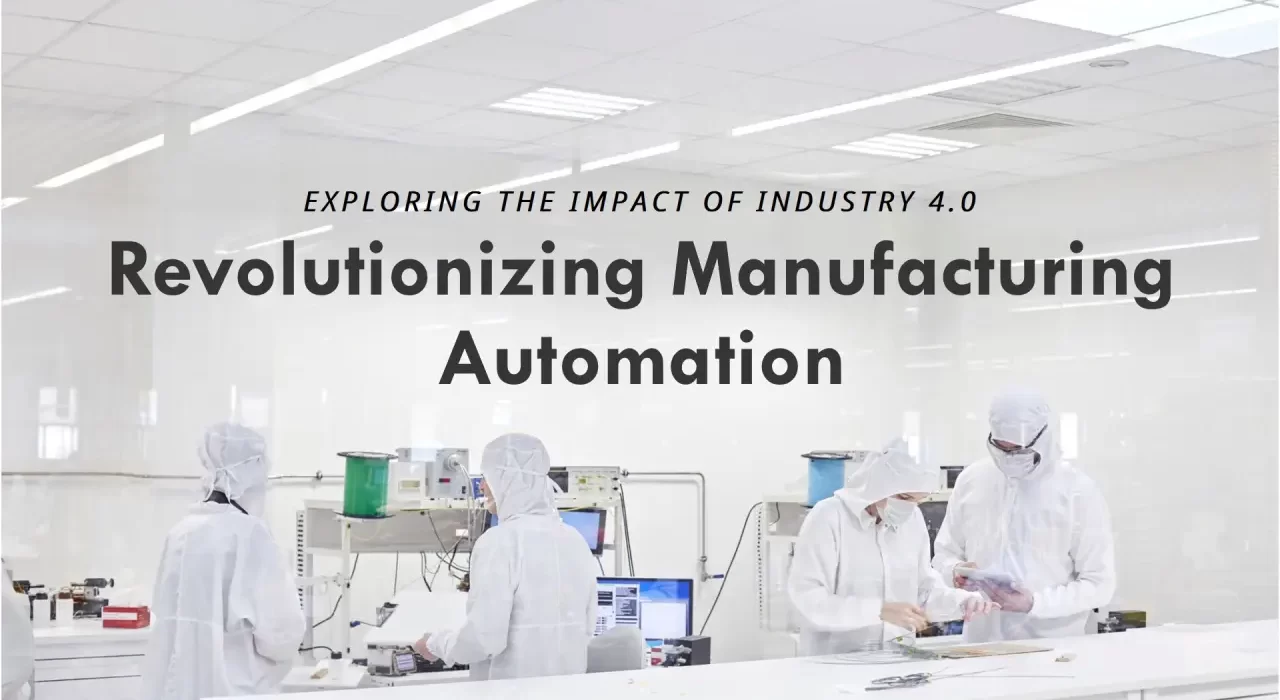Industry 4.0 Impact on Manufacturing Automation
In the dynamic realm of manufacturing, the transition from Industry 3.0 to Industry 4.0 represents a monumental shift, redefining the very fabric of automation and production. Understanding the differences between these industrial revolutions is crucial for grasping the trajectory of manufacturing automation and its future implications.
Industry 3.0, characterized by the advent of computerization and automation, marked a significant leap forward from its predecessor. Central to this era was the introduction of programmable logic controllers (PLCs) and computer-aided design (CAD) systems, revolutionizing production processes and paving the way for greater efficiency and precision. However, Industry 3.0 was primarily focused on automating individual processes within manufacturing facilities, with limited interconnectivity and data exchange between systems.
In contrast, Industry 4.0 represents a quantum leap in manufacturing automation, fueled by the convergence of digital technologies and cyber-physical systems. At its core lies the concept of interconnectedness, where machines, devices, and processes communicate seamlessly in real-time, forming the backbone of the Industrial Internet of Things (IIoT). This interconnected ecosystem enables unprecedented levels of automation, agility, and intelligence, driving a paradigm shift in how manufacturing operations are conceived, executed, and optimized.
One of the defining features of Industry 4.0 is the integration of AI and machine learning into manufacturing processes, enabling machines to learn from data, adapt to changing conditions, and make autonomous decisions. This cognitive capability empowers manufacturers to optimize production flows, predict maintenance needs, and enhance product quality with unparalleled accuracy and efficiency.
Moreover, Industry 4.0 is characterized by the rise of smart factories, where every aspect of production is digitally connected and optimized. From smart sensors and RFID tags to cloud-based analytics platforms, these factories leverage data-driven insights to orchestrate production processes in real-time, minimizing waste, reducing downtime, and maximizing resource utilization.
Furthermore, Industry 4.0 transcends traditional boundaries, fostering greater collaboration and integration across supply chains, ecosystems, and even entire value networks. Through technologies like blockchain and advanced robotics, manufacturers can achieve new levels of transparency, traceability, and agility, revolutionizing the way products are designed, produced, and delivered to end-users.
In essence, the transition from Industry 3.0 to 4.0 represents a profound evolution in manufacturing automation, driven by the relentless pursuit of efficiency, innovation, and sustainability. As we embrace the opportunities presented by Industry 4.0, it’s crucial for manufacturers to adapt, innovate, and collaborate to thrive in this new era of interconnectedness and digital transformation.
In conclusion, the journey from Industry 3.0 to 4.0 signifies more than just a technological advancement; it’s a cultural and organizational shift towards a future where automation is not just a tool but a strategic imperative for success in the digital age. Let’s embark on this transformative journey together, as we navigate the evolution of manufacturing automation towards a smarter, more connected future.


